Colorado Springs prepares to start new urban forestry management plan
COLORADO SPRINGS, Colo. (KRDO) -- Taking better care of the city's estimated 250,000 trees along sidewalks is the goal of a new plan approved last week by the City Council.
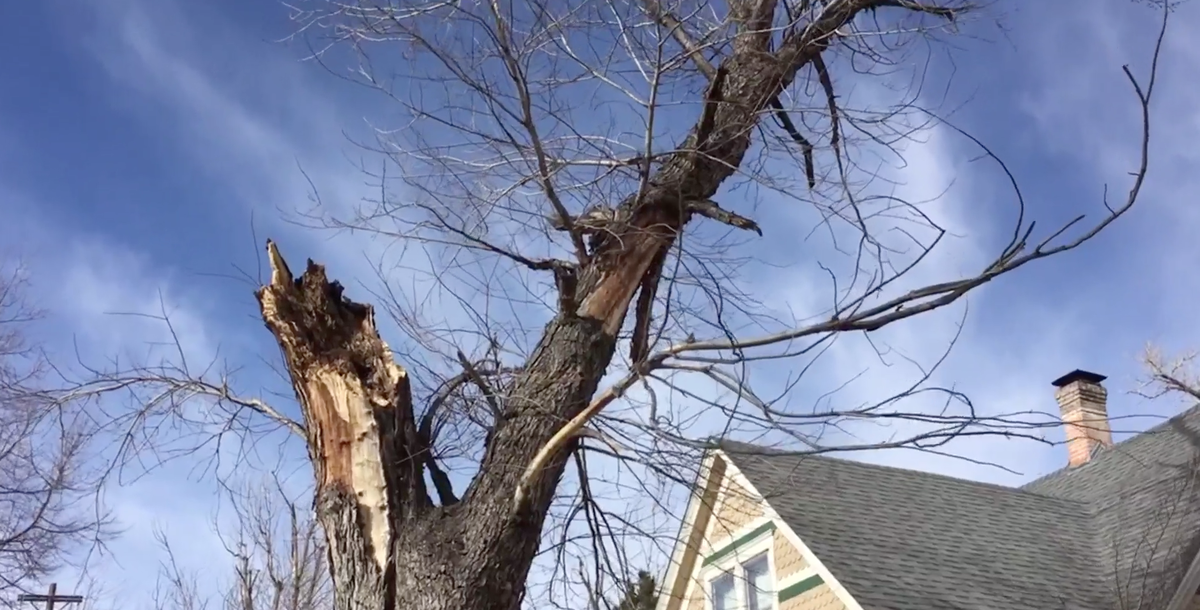
The Urban Forestry Management Plan will devote more resources and attention toward proper maintenance of those trees.
Councilman David Geislinger said the city fell behind on tree maintenance after the 2008 recession.
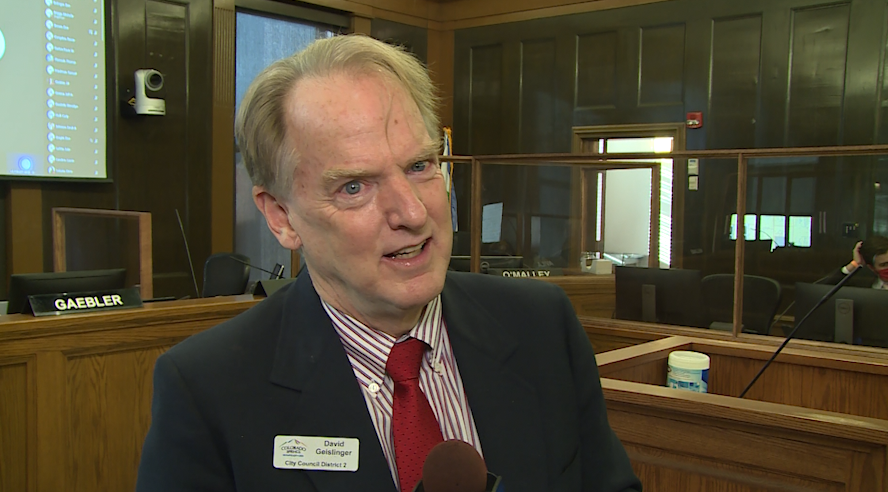
"As a consequence of that, we've seen situations where branches are breaking in windstorms and snowstorms," he said. "They're falling on cars and buildings. Approving the plan is a recognition that we haven't been honoring that responsibility well, and that we have a desire to do it better in the future."
Geislinger said the plan includes allocating an additional $200,000 to the City Forestry department this year, as well as hiring more personnel. He also said it would cost the city up to $7 million more annually to properly maintain trees.
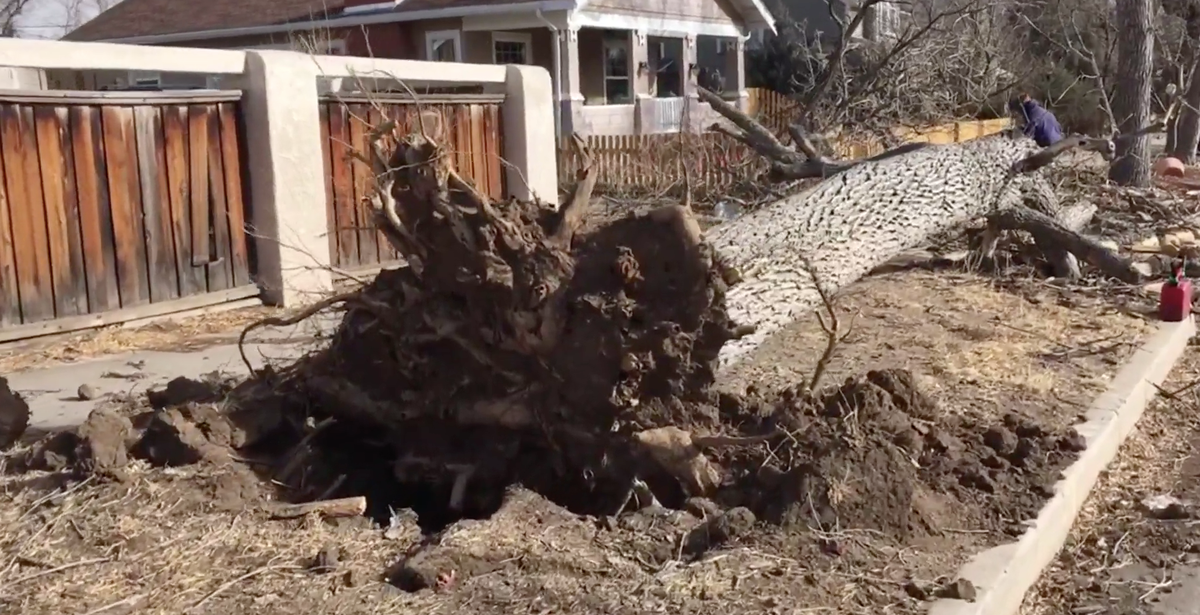
"But there's an indirect cost, as well," he said. "A few years ago, we had a situation where we had to do an emergency payment of $75,000 to clean up after a storm because of the lack of tree health. The plan is a first step, and we need to get serious about it."
Geislinger said that the plan covers only sidewalk trees, not trees along waterways, in parks and open spaces, and along the Wildland Urban Interface along the city's western border; those categories will be addressed in the future.

City Forester Dennis Will talked about the plan and how his department will be involved.
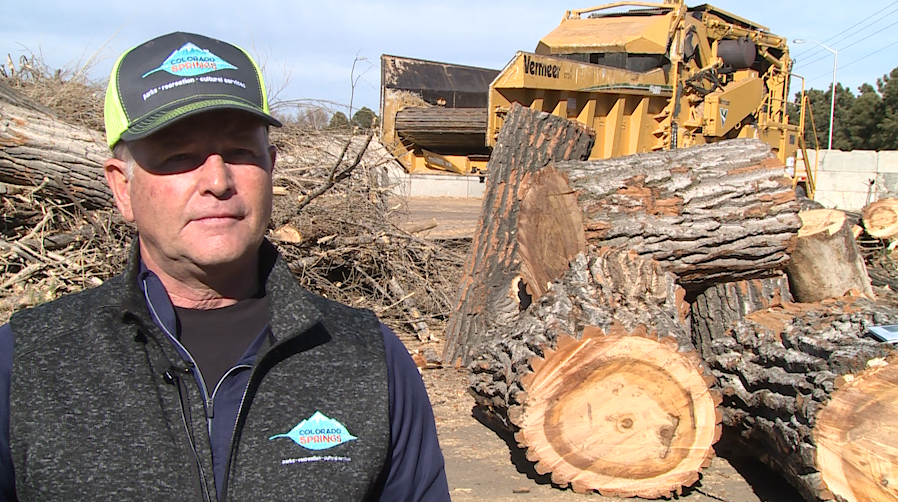
Q: Where did your $200,000 allocation come from?
A: "It was a TABOR refund (excess revenue which voters allowed the city to keep instead of refunding to taxpayers). Councilwoman Jill Gaebler was the one who advocated for City Forestry to get the money."
Q: How will you spend it?
A: "Half of it will be used for tree inventory -- which desperately needs to be updated -- and the other half will be used for planting trees and hiring a seasonal employee to water trees throughout the summer. We're going to shoot for watering 300 additional trees, probably along some of the major medians downtown. That's as many trees a one person can water in any growing season. We like to water them every two or three weeks, depending on how dry it is. We already have a full-time person who waters another 300 trees, mostly in parks."
Q: When was the last time the city conducted a tree inventory?
A: "2007. So it's about 14 years old now, and the city has grown since. We have no idea how many trees we have, where they're located, what their species are, what their health is or how big they are. We're guessing the city has around 250,000 street trees and around 20,000 to 30,000 park trees."
Q: How will the inventory be conducted?
A: "It depends on how many attributes we want to collect. This year, we're going to use Lidar information that was collected when Public Works did its streets inventory. We can use the same Lidar imagery. We're going to hire a contractor to glean that information. We want to learn the physical address of a tree, the GPS location, the species, the diameter and just some rudimentary ideas about the health of the tree."
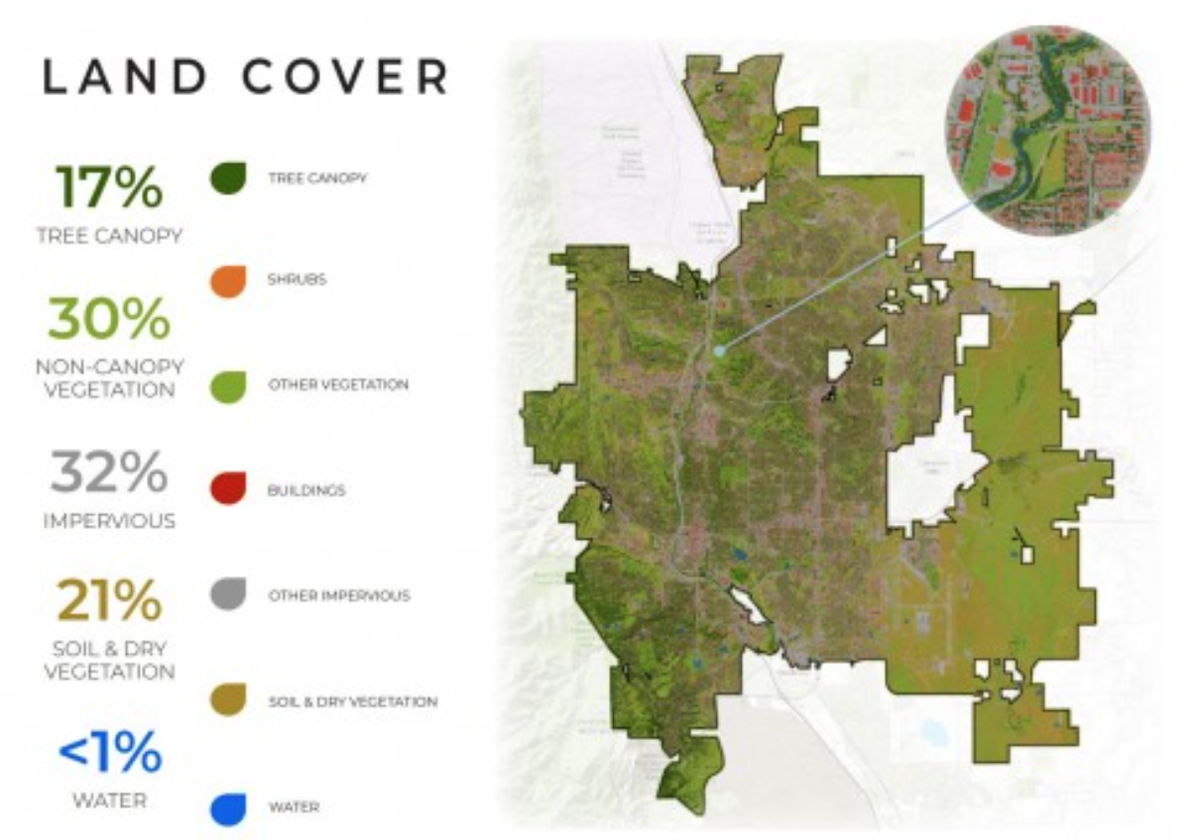
Q: What exactly is the urban forest?
A: "Typically, it contains all trees growing between the curb and the sidewalk. But that can depend on where you live. A lot of places where the sidewalk is attached to the curb, the tree will be on the inside of the lot. But depending on where you live in the city, that right-of-way may go 5 feet, it may go 25 feet past the edge of the sidewalk. So it could include trees in your front yard."
Q: How long will the inventory take?
A: "It depends on how much money we have. Using that Lidar survey, we think we'll be able to do around 100,000 trees this year. The information will give us a great idea of where our priorities should be. With the threat of the emerald ash borer on the horizon, we need to know all about our ash trees. We know have an aging and degrading inventory of silver maples that are 40 to 60 years old. That's their life span in a landscape setting. So we want to know where those trees are, because a lot of our work is removing those trees. And where are our younger trees, from 0 to 35 years old? If they're not pruned in that timeframe, they could have issues in later years that are more difficult to repair."
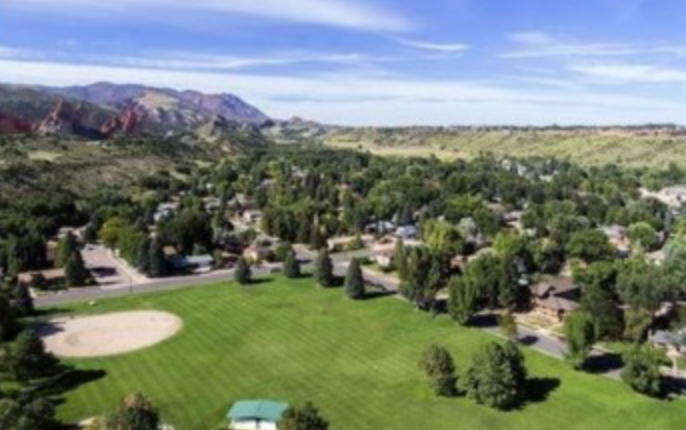
Q: What kind of budget does City Forestry have?
A: "Our current budget is about $1.6 million. An audit showed than in order to touch all the trees we think we have in our inventory -- every 7 years -- takes about 27 people and $7 million to $8 million. We're undermanned and under-budgeted. But I think we'll get there eventually. One reason for the plan is that the community is committed to the urban forest, yet we're not reaching enough people to fully understand what the benefits are. Our current tree inventory is worth almost $1 billion and it provides hundreds of millions of dollars in benefits to the community every year."
Q: What are those benefits? This is what the average taxpayer would want to know.
A: "We get around $900,000 in benefits from stormwater retention alone. Air filtration, about $100 million a year. Energy savings from the shade provided by trees. Wind protection, wildlife habitat. Statistics show that people are healthier if they live in a community with healthy trees."
Q: One of the objectives of the city's sesquicentennial celebration this year, is asking citizens to plant 18,071 trees. Around 2,000 have been planted so far. But is it wise to plant so many trees during a drought, and with limited resources to properly maintain them?
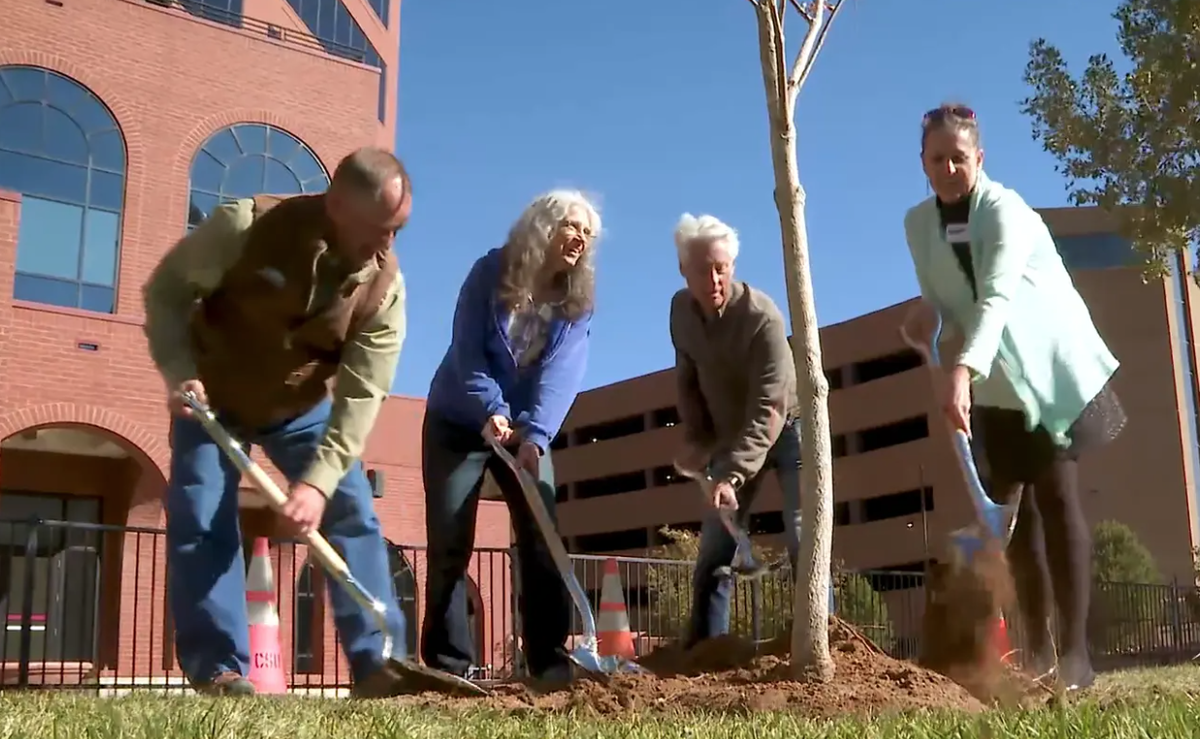
A: "That's a great question. There's been some miscommunication that we want all those trees to be public trees. If anyone wants to plant a tree in the urban forest, we have to approve it. You can easily do that on our website. But we're also asking people to plant trees in their yards and other private property. There are all kinds of online resources that tell you what kind of tree to plant and how to care for it. Let's get the community involved and track where the trees are planted."
Q: What kind of trees does City Forestry plant?
A: "We plant 50 different species. We're looking at 8 different species of oak trees. They seem to be more resistant to severe weather and can thrive in a variety of conditions. "
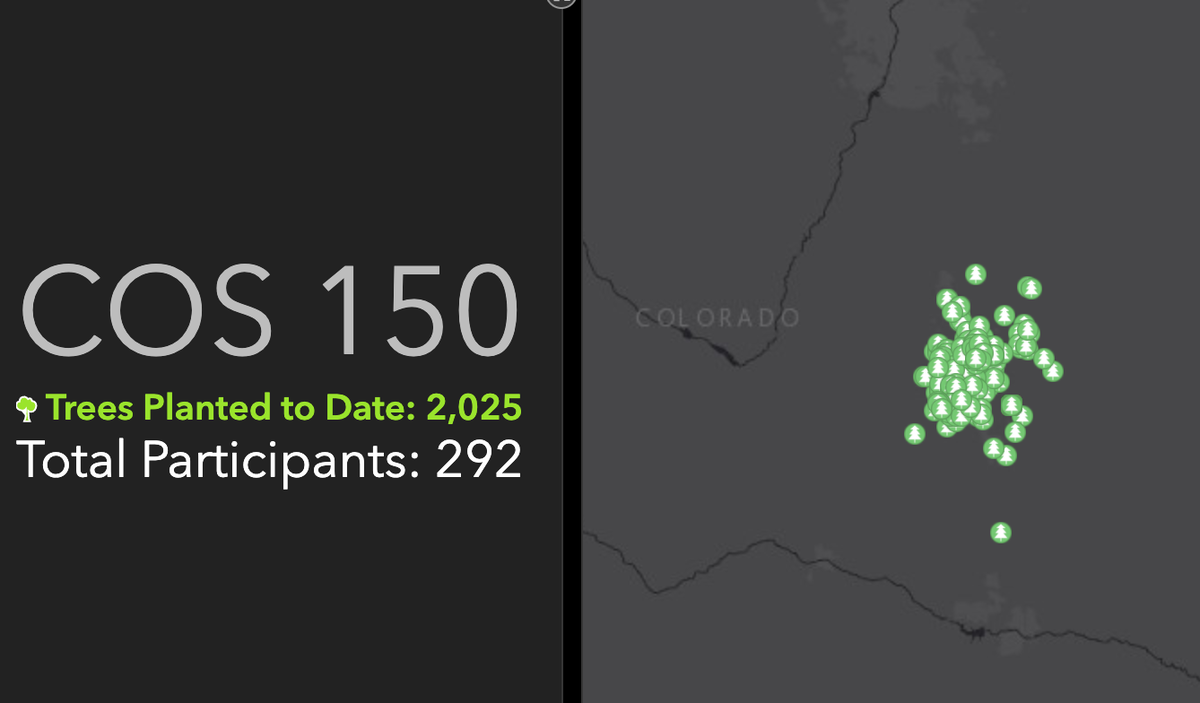
Q: You said that you think the four categories of trees should be managed by four separate departments?
A: "Yes. Each one requires different skill sets and technologies. It's rare for a city to have that, but all categories are equally important. We're doing a little work outside of street and parks trees, but not nearly enough. City forestry is more about land management. The city owns land from the plains to the top of Pikes Peak. That tells me we need a wider range of disciplines to manage it."
Next week, the plan will be available for the public to read. You can see it here: https://coloradosprings.gov/forestry.
